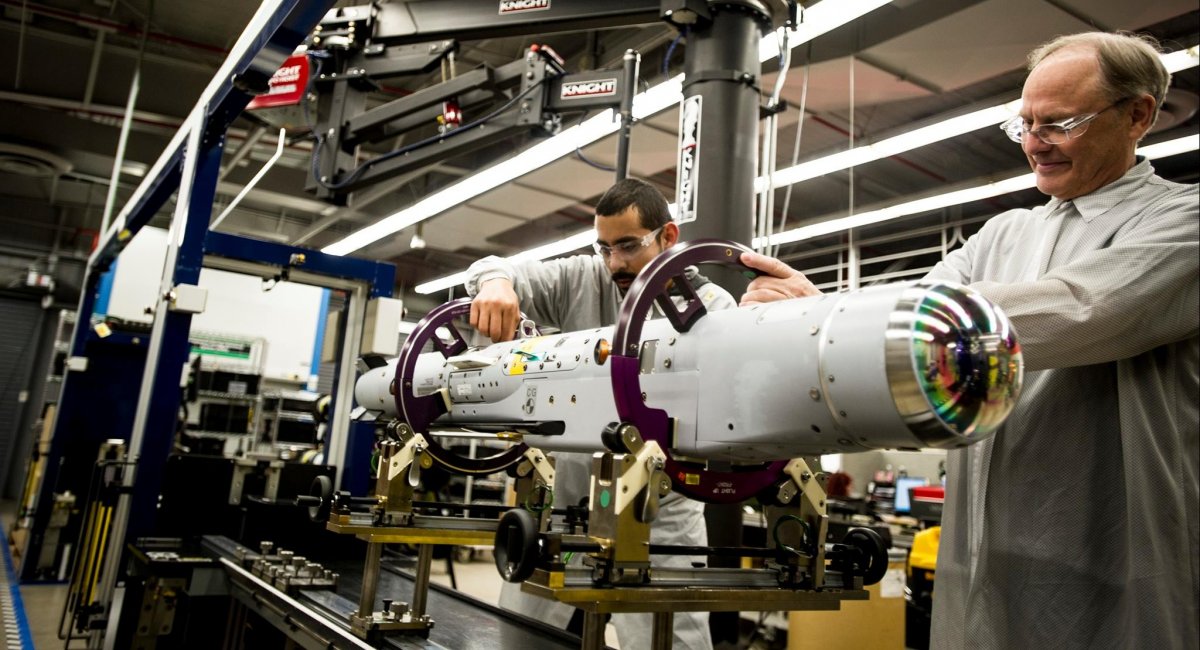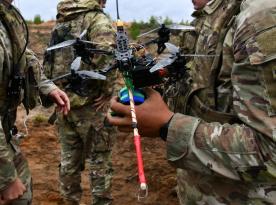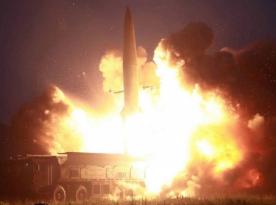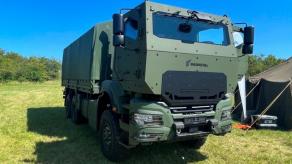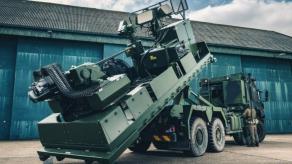The United States wants to receive rare earth elements from Ukraine in exchange for defense assistance, the US President Donald Trump stated, speaking to reporters at the White House on Monday. While the declaration is already discussed in the media, it remains unknown whether this will be implemented in practice.
In this context, Defense Express would like to highlight one particular aspect related to this issue: as far as it goes now, in order to produce various missiles that may be needed for the war against China, the US is still forced to import rare earths from China itself, exacerbating the resource dependence of the American defense industry.
Read more: KNDS Will Buy a Legendary Railcar Plant to Produce Parts For RCH 155 and Leopard 2

To start with some general information, in January 2023, the American analytical institution CSIS published the results of modeling possible scenarios for a war between the United States and China in the Pacific region, and the simulation showed that in just 2–3 weeks of into the conflict, the Americans would spend at least 5,000 cruise missiles of various types, including 4,000 AGM-158 air-launched, and 400 surface-launched Tomahawk tactical and Harpoon anti-ship missiles.
Of course, similar calculations were made on the possible costs of air defense missiles, including the shipborne SM-6 and land-based Patriot PAC-2 and PAC-3. In that regard, the potential figures reached several thousand units as well.
However, the problem here is that, in theory, the American defense industry could need at least 20 to 25 months to produce the same number of new missiles, or an average of 2.4 years. Still, this is given if it meets one important condition: having the resources.
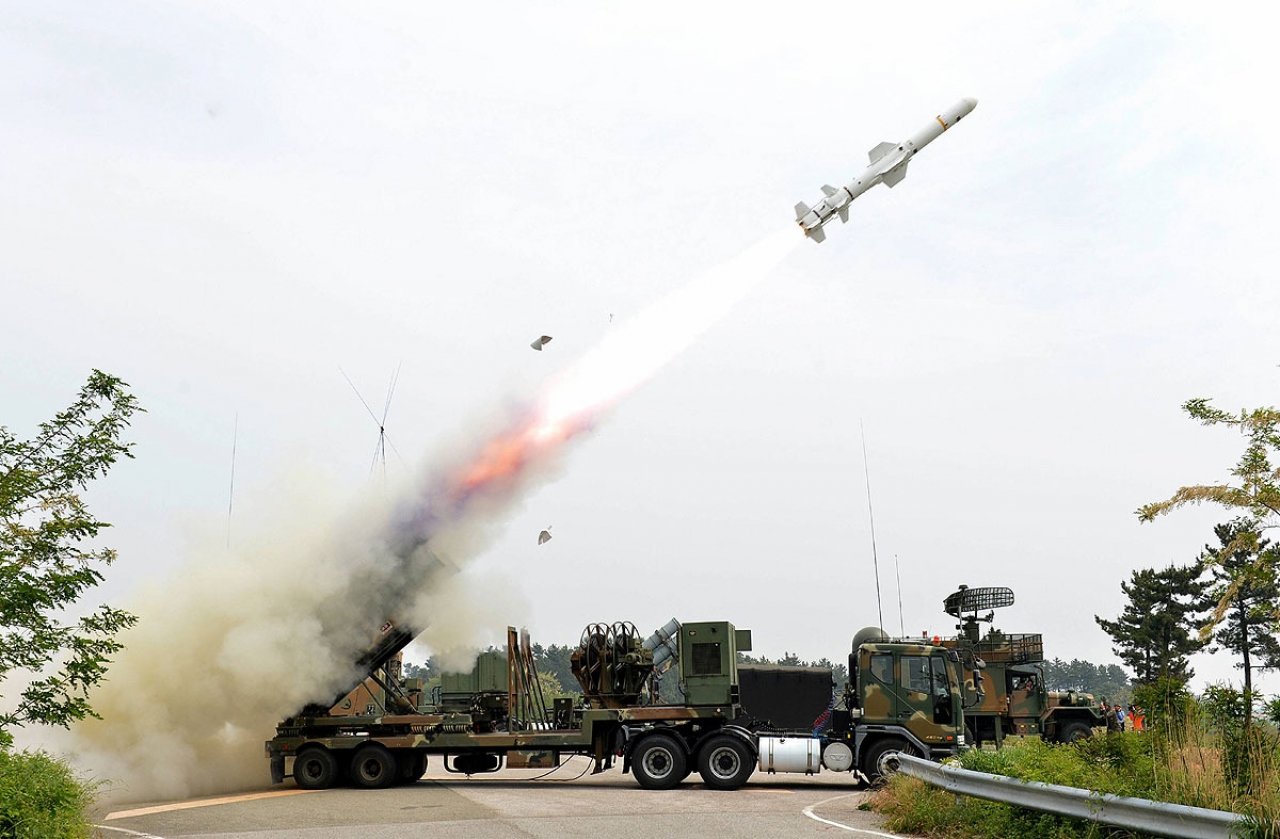
CSIS analysts warned that in the event of a full-scale war in the Pacific region, the electronics industry on the island of Taiwan could suffer in particular, which in turn could leave the American military-industrial complex without any resources to replenish its missile stocks.
Against this background, a logical move would be to deploy a proper production of various missiles for the United States in preparation for a war against China proactive, that is, in advance, the experts concluded. But to implement this, it is necessary to resolve the bottlenecks in the supply chains, one critical among them being the American defense industry's dependence on supplies of rare earth elements from China.
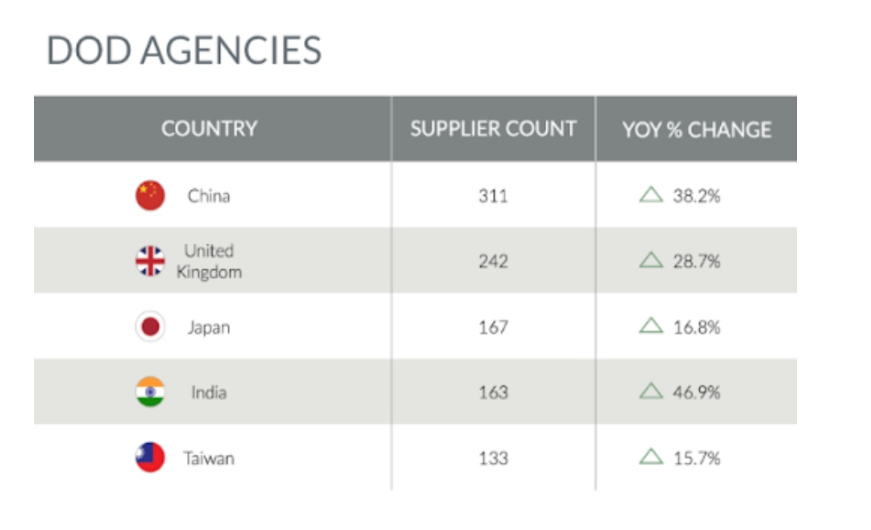
Moreover, since 2018, the US military has received an instruction from Congress to systematically reduce its reliance on external supplies of materials and technologies, in particular from China. However, the results of 2023 showed that the US military has had very little success in this matter. For example, research institutions at the Pentagon and the US Air Force in fact even became even more technologically dependent on the PRC.
The issues described above are a clear illustration why Trump is interested in REEs, from Ukraine specifically, but it still leaves open the question whether any moves will be made to secure such cooperation in practice.
Read more: Is Moscow Truly Developing a 1,000 km Ballistic Missile while Still Relying on North Korean Missile Supplies?




